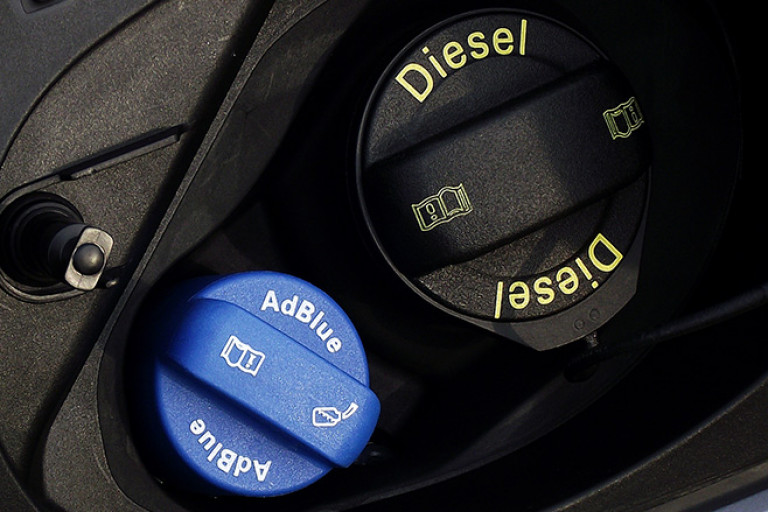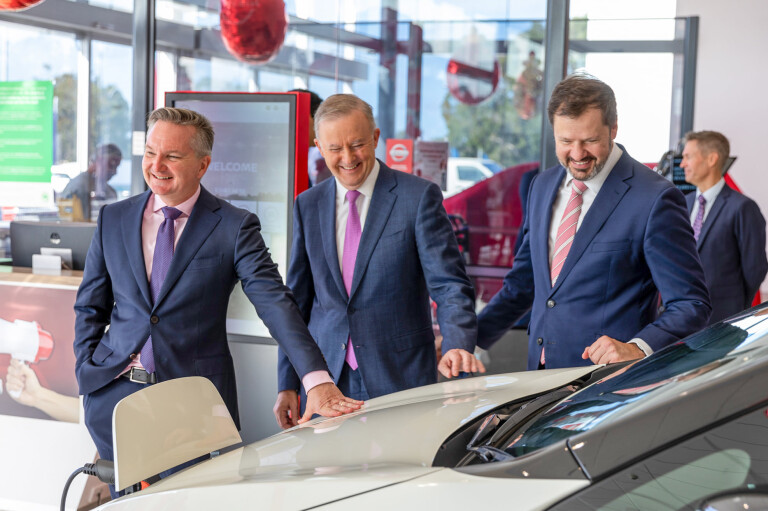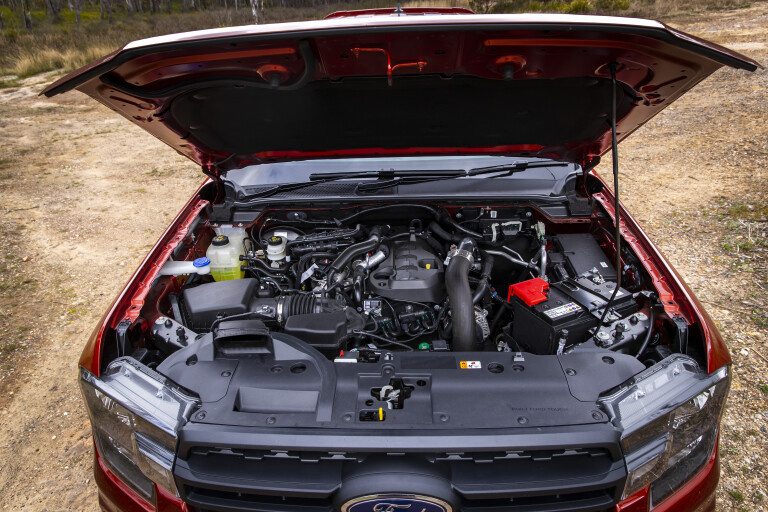
“I suppose it will start to get hard to buy diesel (fuel) soon,” said a mate in a resigned way as he pondered the viability of his diesel car in a future world of electric vehicles.
And it seems like my mate isn’t alone, given similar concerns I’ve heard voiced elsewhere. Well, I’m here to tell you that there’s no need to panic!
Diesel fuel will be available in this country for a very long time as the huge number of diesel utes, 4x4s, SUVs, vans and even diesel passenger cars currently on Australian roads, and the ongoing robust sales of diesel utes and 4x4s in particular, means the demand for diesel fuel and the commercial viability of selling it will be in place for a very long time.

And, if nothing else, diesel fuel will be needed for the foreseeable future for heavy road transport here as electrification of our long-haul truck fleet is a very long way off, even if Europe and North America are starting to think that way.
Where there will be a defining change in the foreseeable future is that it will become increasingly hard and seemingly eventually impossible to buy a new diesel car, wagon or ute. The exact timeline on that is still a bit of a fogged-up crystal ball but there’s inevitability here.
Much of this will come down to exhaust-emission legislation and decisions yet to be made (at the time of writing) by the new Labor federal government with regards to the introduction of Euro 6 exhaust emissions standards.
Currently, all new diesel light vehicles sold in Australia must meet the less stringent Euro 5 standard. Light vehicles, by Australian law, are those under 3500kg Gross Vehicle Mass, which means all the currently popular 4x4s and utes. Even Toyota’s beefy 70 Series LandCruiser is considered a ‘light vehicle’ when it comes to emissions standards.

Most but certainly not all current Euro 5 diesel engines should be able to upgrade to Euro 6 without too much problem, and indeed there are many diesel engines currently sold here that are already Euro 6 compliant. However, and here’s the rub, anything beyond E6 starts to become problematic for current-tech diesels.
Under the schedule set out by the previous Labor federal governments (2007 to 2013) we would already be five years into Euro 6 implementation had Labor not lost office in 2013.
Under the various Liberal-National Party governments in power since 2013 up until 2022, Euro 6 was put on the backburner, which means the new Labor government may well feel justified in introducing Euro 6 in a short time frame and then look at Euro 7 (itself just being finalised in Europe) as soon as possible after that. We could see Euro 7 introduced here in a window that spans 2026 and 2027, assuming Labor wins the next federal election, which even now looks likely.
But no more diesel vehicles doesn’t mean no more petrol vehicles as petrol engines can more easily meet the exhaust-emission standards as they are currently framed.

The emission problem with diesel compared to petrol is twofold: carbon particulates and the various oxides of nitrogen, collectively known as NOx. Modern diesels address these two problems with diesel particulate filters (DPFs) and selective catalytic reduction (SCR), commonly known as AdBlue to reduce NOx. Stricter standards however, make these inherent diesel problems increasingly harder to address.
Given these problems, you may well question why diesels, or more correctly turbo diesels, are so popular they effectively shut petrol engines out of the ute, 4x4 and van markets.
Well, diesels are inherently more fuel-efficient than petrol engines and produce relatively less carbon dioxide, commonly known as greenhouse gas, which is linked to global warming and climate volatility.
Legislative changes in Europe in the 1990s promoted the development and take up of diesel cars over petrol cars for this very reason. So, in helping to solve that major environmental problem, diesels have run into an environmental problem of their own making.

COMMENTS